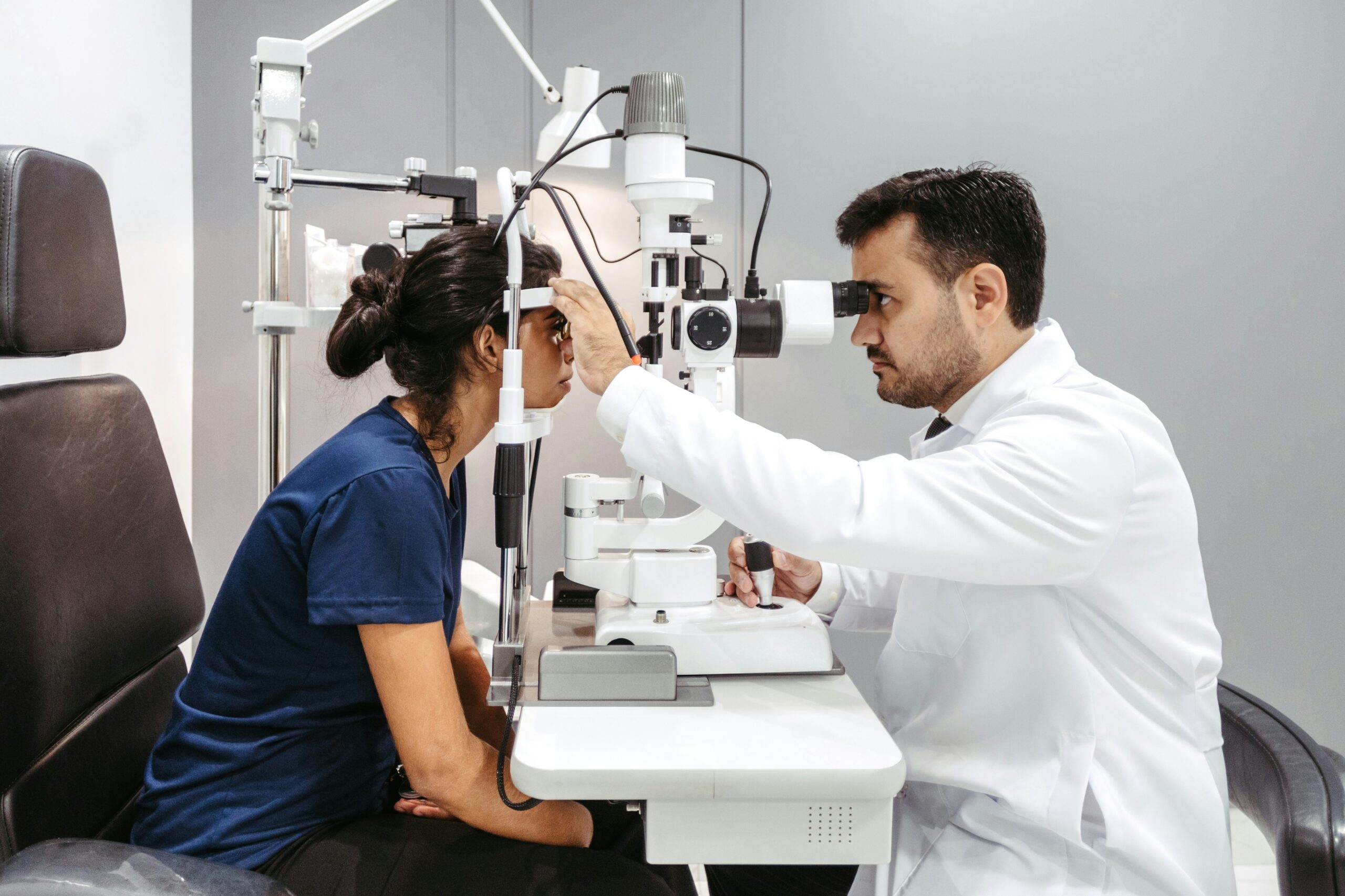
Glaucoma is a progressive eye condition that gradually damages the optic nerve, often due to elevated intraocular pressure. If left untreated, it can lead to permanent vision loss. Many patients rely on medications or laser treatments to manage pressure, but in some cases, these methods cannot provide adequate control. Consequently, glaucoma surgeries become essential for preserving vision and maintaining eye health.
Ophthalmologists perform these surgeries to create new pathways for fluid drainage or to enhance the natural outflow system of the eye. By reducing pressure, surgeons aim to protect the optic nerve and prevent further deterioration. The timing of surgery is critical, and early intervention can significantly improve long-term outcomes, making informed decisions crucial for patients and their families.
Types of Glaucoma Surgeries
Glaucoma surgeries include traditional procedures, minimally invasive techniques, and laser-assisted treatments. Each approach addresses intraocular pressure differently, and surgeons select the most appropriate method based on disease severity, patient age, and overall eye condition.
Trabeculectomy is a traditional surgery that remains highly effective for advanced glaucoma cases. In this procedure, the surgeon creates a small flap in the eye’s sclera to facilitate fluid drainage. Over time, new tissue allows fluid to exit more efficiently, lowering pressure and protecting the optic nerve. Despite its effectiveness, patients require careful follow-up to monitor healing and prevent complications.
Minimally invasive glaucoma surgeries, commonly called MIGS, have grown in popularity due to reduced recovery times and fewer risks. Surgeons use tiny stents or micro-incisions to improve fluid outflow. Often, MIGS can be performed alongside cataract surgery, providing a dual benefit for patients who need both procedures. This approach allows faster healing while effectively managing eye pressure.
Laser-assisted surgeries also play a critical role in modern glaucoma management. Procedures such as Selective Laser Trabeculoplasty and Laser Peripheral Iridotomy enhance the eye’s natural drainage system without the need for major incisions. These techniques reduce dependency on daily eye drops and provide a less invasive option for patients with mild to moderate glaucoma.
Benefits of Glaucoma Surgeries
Glaucoma surgeries offer multiple advantages beyond just lowering eye pressure. Most importantly, they help prevent further damage to the optic nerve and preserve existing vision. Patients often notice improved quality of life after surgery because they feel more secure knowing their condition is actively managed.
Additionally, some procedures decrease reliance on medications, which improves adherence and reduces side effects associated with long-term eye drop use. Minimally invasive options, in particular, shorten recovery periods, allowing patients to return to daily activities sooner. Furthermore, patients experience greater peace of mind when they understand that surgery provides long-term control of their eye pressure.
Preparing for Surgery and Managing Expectations
Proper preparation before glaucoma surgery significantly impacts outcomes. Patients need to provide their ophthalmologist with a full medical history, including any medications they take, to ensure safety during the procedure. Understanding the type of surgery, its benefits, and potential risks helps patients set realistic expectations and reduces anxiety.
Patients should also arrange transportation, as their vision may temporarily blur after surgery. Following preoperative instructions carefully, such as using prescribed eye drops or avoiding certain medications, improves the chances of a smooth recovery. Open communication with the surgeon ensures that patients remain fully informed about each step, enhancing overall satisfaction with the treatment process.
Recovery and Post-Surgery Care
The recovery period varies depending on the type of glaucoma surgery. Traditional procedures like trabeculectomy may require several weeks of careful monitoring, while minimally invasive surgeries often allow quicker healing. Patients must follow post-operative instructions to avoid complications and ensure proper healing.
Eye drops and medications play a central role during recovery, preventing infection and controlling intraocular pressure. Patients also need to avoid strenuous activities, heavy lifting, or rubbing the eyes to allow tissues to heal effectively. Regular follow-up appointments enable surgeons to monitor the eye, adjusting treatment as necessary and ensuring that pressure remains within safe limits.
Risks and Considerations
Even though glaucoma surgeries have high success rates, they carry potential risks. Patients might experience temporary vision fluctuations, inflammation, or infection. Scar tissue can also develop, which sometimes necessitates additional procedures to maintain proper fluid drainage.
Understanding these risks allows patients to make informed decisions and recognize early warning signs. Promptly reporting unusual symptoms, such as sudden pain or blurred vision, helps ophthalmologists address complications quickly. Transitioning from conservative treatments to surgical intervention requires careful consideration, but the benefits often outweigh the risks when vision preservation is the primary goal.
Choosing the Right Surgical Approach
Selecting the most suitable glaucoma surgery depends on disease progression, patient health, and lifestyle needs. Surgeons evaluate eye anatomy, previous treatments, and pressure levels to determine the best option. Patients benefit from discussing potential outcomes and recovery expectations to ensure that the selected procedure aligns with their goals.
Shared decision-making between patient and surgeon improves satisfaction and encourages active participation in post-operative care. Those who understand the process and follow instructions closely typically experience better long-term results, demonstrating that knowledge and preparation play a vital role in surgical success.
Glaucoma surgeries represent a crucial step in preserving vision and managing eye pressure effectively. Advances in minimally invasive techniques and laser-assisted procedures have made these treatments safer, faster, and more comfortable for patients. Early intervention, careful preparation, and attentive post-operative care enhance outcomes and reduce the risk of complications.
Patients facing glaucoma should explore surgical options with their ophthalmologist and consider the long-term benefits of protecting vision. By understanding the types, advantages, and recovery processes of glaucoma surgeries, individuals can make informed decisions and maintain eye health well into the future. Proactive management ensures that patients continue to enjoy clear vision while minimizing the risks associated with progressive eye disease.